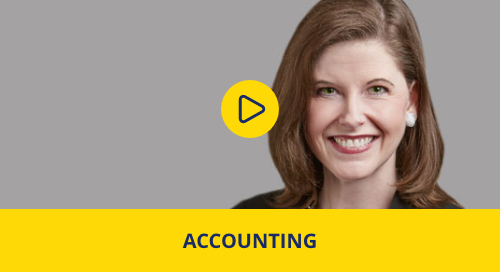7-ways-to-say-no-without-saying-no
June 07, 2019
Do you find yourself saying “yes” to every request at work because you feel like you can’t say “no”? Despite being only two letters, it’s surprisingly hard to say. Maybe you don’t want to seem like you aren’t a team player. Perhaps you feel like you don’t have enough authority to decline a request. Or maybe you want people to like you and think saying “yes” will put you on their good side.
However, continually taking on more work—some of which might not even be yours—can lead to feeling overwhelmed and burned out. And the more you say “yes,” the more people expect you to keep obliging—only adding to a pile of work that keeps getting bigger.
Luckily, there are ways to deal with colleagues who approach you for favors and extra help so that you don’t wind up being one of the 53 percent of Americans who are unhappy at work. And you don’t even need to use the word “no” to do it—although you should practice saying no. Literally. Stand in front of a mirror and practice saying the word. The most important thing honesty. None of the responses below should be used as illegitimate excuses but as reasons you may not be able to render assistance.
1. “Let me check with my manager.”
Your manager can help you prioritize. Maybe the thing you’re being asked is very much outside your purview, and when that’s the case, your manager can back you up or intervene regarding the request. Conversely, your manager may want you to grow your skills and encourage you to assist, perhaps not fully, but enough to help your professional development while not overstretching your bandwidth.
2. “My schedule is packed right now, but I can let you know if I have an opening.”
We all have a lot on our plates, and letting your colleague know that you’re swamped is totally legitimate so long as it’s true. The last thing you want is for the co-worker to whom you just denied help to see you surfing social media or gabbing in the breakroom for extended periods of time.
3. “That’s not typically something I handle, but why don’t you check with Jane Smith” Or, “Do you know Jane Smith? She may be able to help; I’m happy to make the introduction.”
This response shows that you want to help by leading your co-worker in the right direction. You’re not pushing the work off onto someone else, you’re simply not the best person to take on the colleague’s request.
4. “I think that’s a great idea, but have you thought about…”
Providing a fresh perspective is sometimes the most valuable help you can provide and requires nothing more than an objective point of view. Your ability to help shift a co-worker’s approach to a project may result in less work for all involved.
5. “I’ll get back to you.”
As first stated, you need to be honest in all your responses. Simply saying, “I’ll get back to you,” with no intention of doing so isn’t operating in good faith and may come back to bite you. So, if you say it, mean it. Do what you need to do to make your decision, and follow up with the colleague.
6. “Can you tell me more?”
Having your colleague provide more details about the project can help lead you to any of the responses listed above or reveal why you're being asked to help in the first place. Maybe you do need to be involved, but that necessity didn’t come across in the original ask.
7. “Before I can say yes, I need you to…”
Using this phrase can put you back in a position of power and inform your colleague of the steps he or she would need to complete first before you can help. Finish this response with: “Does that sound reasonable?” Concluding with this phrase is a classic negotiating maneuver. Who wants to come across as being unreasonable?
Using these responses can help you keep your workload under control while showing that you’re reasonable and if you have to come back with a firm “no,” your colleague will know you operated in good faith.
About Annie Sullivan:
Annie Sullivan is the Marketing Copywriter at Wiley Publishing. She is also the author of the young adult books A Touch of Gold(Blink/HarperCollins, 2018) and Tiger Queen(Blink/HarperCollins, 2019).











